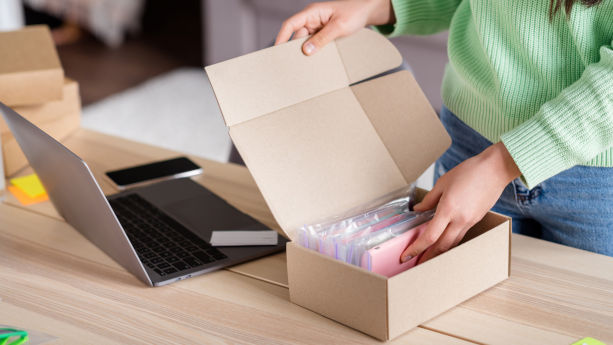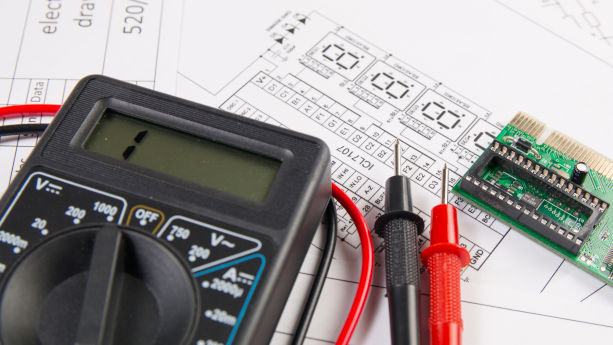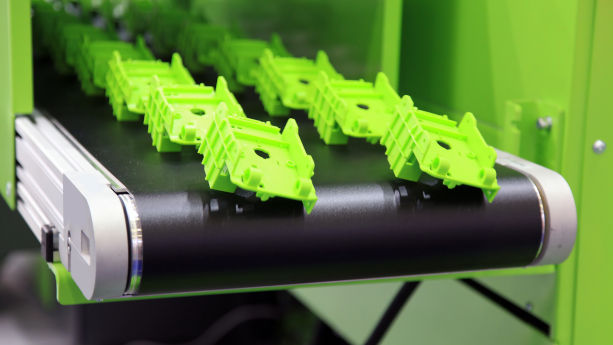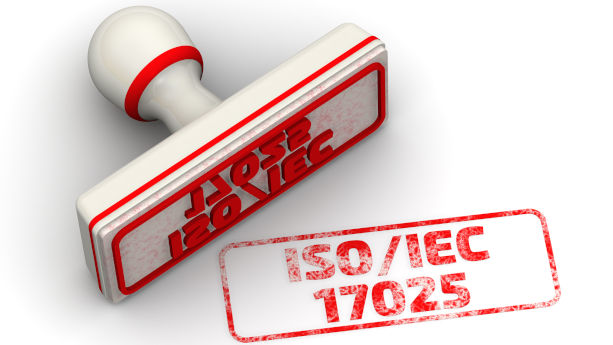
The Walmart Marketplace can be an attractive alternative to Amazon for e-commerce businesses looking to diversify their sales channels. In this guide, we explain what third-party sellers must know about product safety, labeling, and certification requirements when selling on Walmart Marketplace.
This guide is largely based on seller requirements on their page titled Supplier Expectations Compliance Areas. We help you understand these requirements from a more practical perspective. Keep in mind that their requirements may have been updated since the date of publication. Further, these guidelines are not specifically targeting Walmart Marketplace sellers, but to Walmart’s suppliers in general.
Continue reading Walmart Marketplace Product Compliance Requirements: An Overview






















